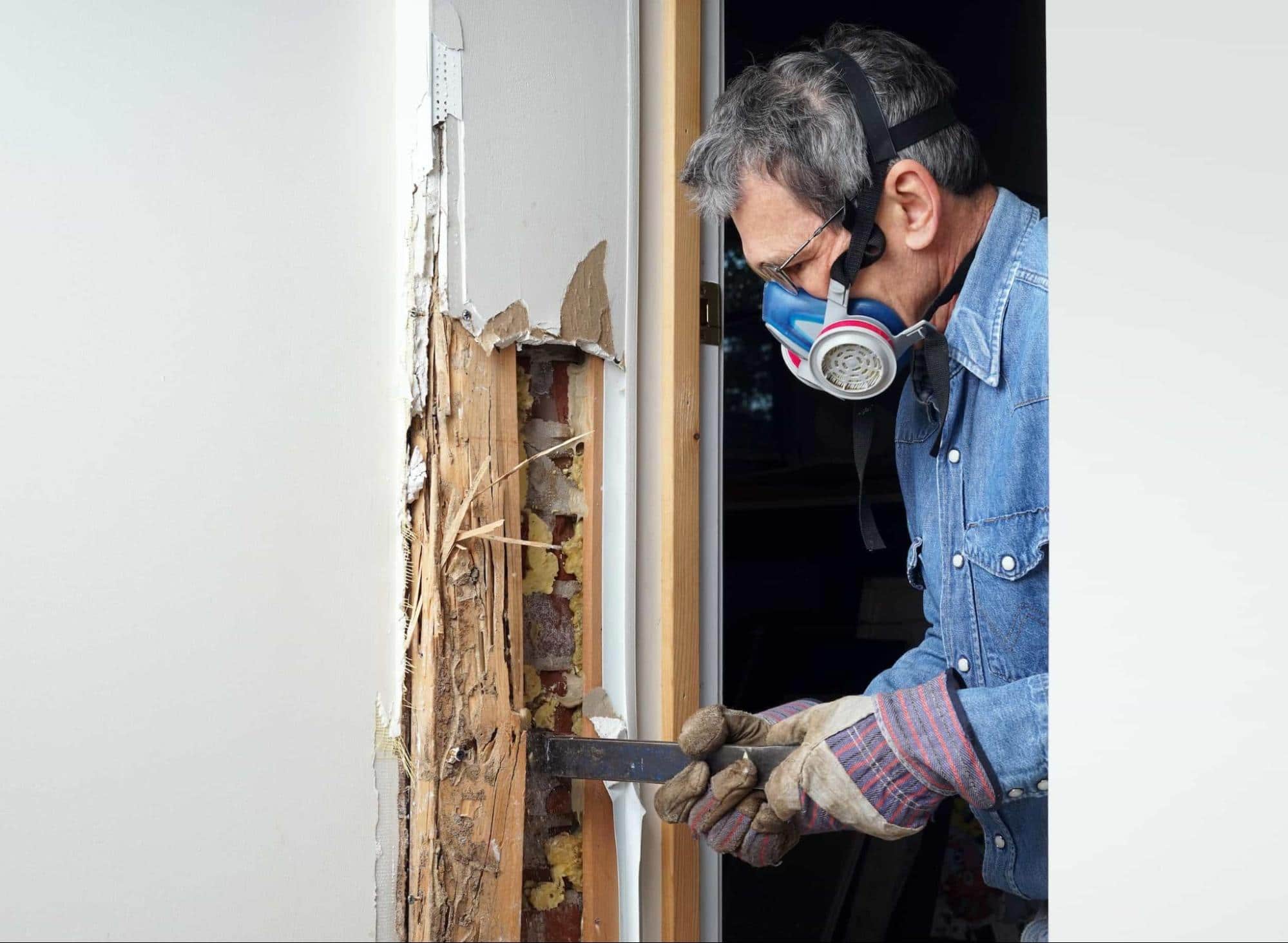Termites are one of Australia’s most destructive pests, causing millions of dollars in damage to property every year. Termites, also known as white ants, have a voracious appetite for wood and can grow into a colony of millions. With such large numbers, it’s no surprise that termites can eat through entire rooms in a matter of weeks. Worse yet, general house insurance doesn’t cover termite damage leaving you to foot the bill for thousands of dollars worth of damage.
Are you worried there might be a termite nest in your backyard? Or maybe you just want to be one step ahead by knowing what to look out for? If termites are on your radar and you want to learn more about them, you’ve come to the right place.
In this quick blog, we’ll offer some tips on how to spot a white ant nest and what to do.
What Do Termites Look Like?
In Australia, there are over 300 species of termites. Thankfully, there are only two types of that are harmful to wooden buildings — subterranean termites and drywood termites. Termites look similar to ants, but have a white body and yellow head (hence the name white ants).
They are organised by a caste system and each colony will have slightly different looking termites.The workers are what you’re most likely to find eating through the walls and furniture. Soldiers are slightly larger and have a mandible to defend against predators. Winged reproductives, also known as “swarmers or alates”, are usually seen after rainfall searching for new food sources to start a colony. You can identify them by their wings which are roughly equal in length and their straight antennae, which may droop.
Finally, the king and queen are the largest castes, responsible for reproducing. They are carefully protected deep inside the colony so it’s impossible to kill them without baiting. A queen can live for up to 10 years and produces between 1000 – 3000 larvae a day depending on the species.
Where Do Termites Build Nests?
Termites will build their nests in areas that are close to a food source (wood) and water (damp areas such as taps or water tanks). Conducting an in-depth inspection of your garden is an important step in finding potential termite nests.
They also build underground tunnels to move around without being seen and will look for opportunities to enter your home. Common access points include:
- Cracks
- Downpipes
- Porches/alfresco areas
- Vents
- Steps
- Ramps
- Windows
In addition to inspecting your garden, you should also inspect your home for termites. You can do this yourself with a screwdriver and a torch, moving methodically through each room. Signs of termite activity include mud tubes, gaps and cracked paint or plaster. Tap on the walls to listen for droppings falling and hollow echoes, as well as checking for stains, defects and blisters in the paint. Take extra care around areas with water sources such as bathroom, laundry and kitchen as these are more prone to activity.
What Should You Do If You Find Termites?
After you’ve completed an inspection of your home, hopefully, you haven’t found any signs of termites. If you believe you have spotted white ants, it’s important to bait directly on the active termites. Regardless of the findings, you should consider setting up an ongoing termite management plan. This could be an annual pest inspection or you can install bait stations around your home to monitor activity.
TermiGold is one of Australia’s leading termite management systems. We’ve helped thousands of Aussies take the first steps to protecting their home from termite infestations.
As professional inspectors, we’ve also had a few occasions where we arrive too late and homeowners are left picking up the pieces and an expensive repair bill. Don’t let yourself become a victim of termites, after reading this you’ve got no excuses – protect you home from white ants today!
